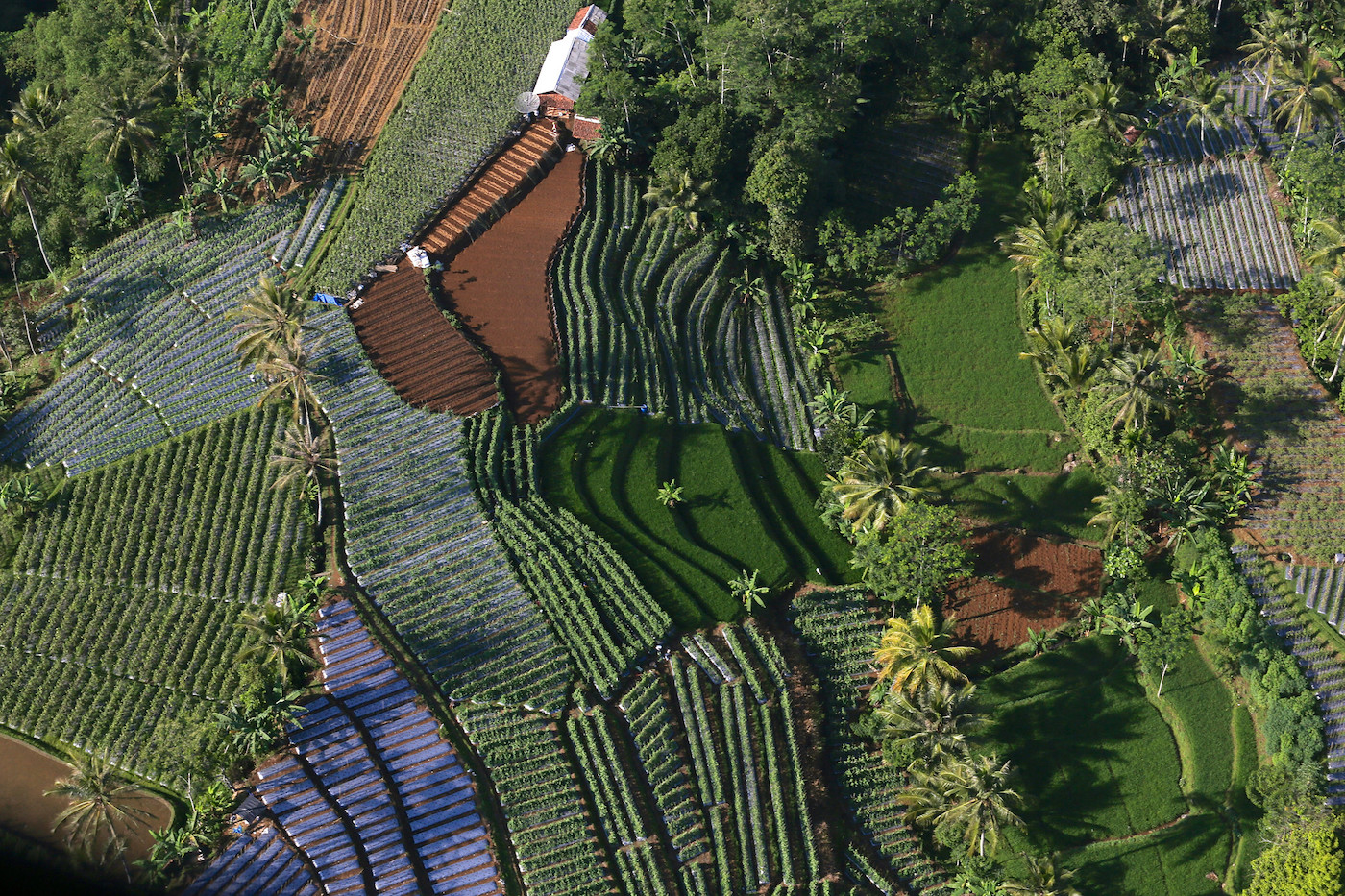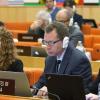Almost ten years ago, global donors who were focused on the role of land and property rights in promoting economic growth, mitigating food insecurity, and addressing climate change issues, came together in a United Nations (UN) body to negotiate an international agreement for voluntary guidelines to strengthen and secure land rights. This agreement—the Voluntary Guidelines on the Responsible Governance of Tenure of Land, Fisheries and Forests (VGGT)—was negotiated in a unique, inclusive process by the UN Committee on World Food Security (CFS) that included more than 100 UN member states, 30 civil society organizations, a private sector network, and numerous observers. After two years of negotiations, the VGGT was unanimously adopted in 2012.
The adoption of this landmark agreement prompted a flurry of activity and funding. In 2012, the US Government promoted the VGGT in the G7 and G20, and in 2013 in the G7, the UK Government advanced agreements to fund and advocate for the VGGT as well as land and property rights more broadly for priority countries. Following suit, the EU and Germany advocated the VGGT in 2014 and 2015 respectively. Further, the US, UK, EU, Germany, France, and other development partners agreed to focus on land tenure as part of their broader programs in several countries, including Tanzania, Burkina Faso, Kenya, Mozambique, Ethiopia, and Senegal.
So what has happened in the decade since?
Given that weak land and property rights is one of those international development problems that impact the broadest range of challenges, fixing the problem could also have the broadest range of positive impacts on development challenges. On the eve of the 10th anniversary of the VGGT, it seems critical to take a hard look at the impact of the VGGT, and propose a path forward to achieve a better outcome.
In our recent publication, “Reflections on the Limited Impact of the VGGT in Sub Saharan Africa and Opportunities for its Future with Lessons from Nigeria and Sierra Leone,” we observe that although we have seen some important success steps, such as the establishment of multi-stakeholder platforms for dialogue about its implementation and the combined use of instruments such as the VGGT and the CFS Principles for Responsible Investment in Agriculture and Food Systems (PRIA), there is insufficient data to prove that the VGGT has had measurable impact at scale. We cannot say that the VGGT has directly improved the property rights of a billion people, or even a million people. We argue that the promise of the VGGT’s potential is dwindling rather than growing, and as the development community moves further from the “big bang” of the VGGT consensus, governments, development partners, civil society, and the private sector seem stuck within business-as-usual approaches.
Were we just in love with the thought of an international agreement, assuming that it was sufficient to address this complex problem?
Did we miss opportunities during the negotiations, and in the last ten years during subsequent programs under the G7 and G20 agreements? Should we have been more focused on technical solutions that underpin effective implementation, rather than political concessions in the negotiations? And should we have agreed on who would do what to implement the VGGT once the agreement was adopted, how work would be funded, which countries or regions would be priorities, and how we would measure success? And perhaps most importantly, have we neglected to ask ourselves where we go from here to address this well-researched and universally acknowledged challenge—weak land and property rights undermine food security, inclusion, investment, job growth, capital accumulation, and our ability to address climate change and mitigation needs?
Our recent paper starts a necessary conversation by exploring these hard questions about the VGGT’s impact in one important region—sub-Saharan Africa. Ultimately, we conclude that there are examples in Nigeria and Sierra Leone where states working with the private sector, civil society, and development partners, and borrowing ideas from different international standards and agreements, have crafted strategies to address insecure property rights at scale. However, examples are not, and will not be, sufficient to fully fix the problem on a regional or global scale. Rather, we suggest that the global donor community, and specifically the UN Committee on World Food Security, needs to reconsider how to use the VGGT more effectively (and perhaps along with other tools) for impact at scale. Lessons can be drawn from the last ten years. Perhaps we need a VGGT 2.0? Or a new global summit under German G7 leadership in 2022 (or Japan in 2023) to relaunch or revisit the VGGT and the goals that we agreed to in 2012?
We argue in our article that there is still “some” promise of addressing land and property rights via the VGGT, particularly when combined with other international agreements such as the PRIA or tools such as USAID’s Operational Guidelines for Responsible Land Based Investments. If the private sector and civil society join with governments and international development institutions to focus resources and attention on workable solutions to address land and property rights that are beneficial to all market participants, then the promise is more likely to be delivered on.
Between 2010 and 2012, Gregory Myers served as Chair of the United Nations' negotiation process for the Voluntary Guidelines on the Responsible Governance of Tenure of Land, Fisheries and Forests (VGGT). Jolyne Sanjak served as the lead US Representative in the VGGT negotiations. This blog was originally posted by New America and is posted here with the permission of the authors.



